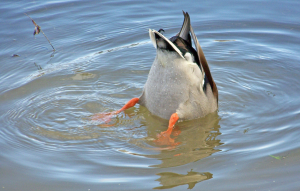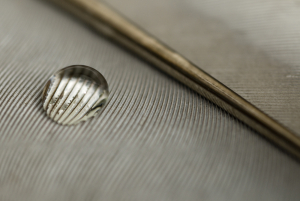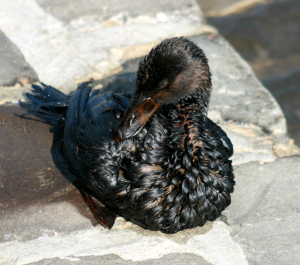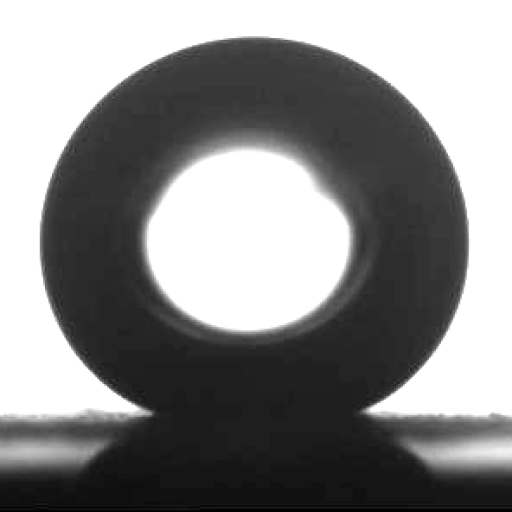Waterfowl

Ducks and other waterfowl swim on water, and one of the instantly noticeable things is how high in the water they float. This is because the layers of feathers are several centimetres thick and do not wet.

Therefore, the duck as a whole has a very low density, even though a duck with no feathers would sink.
Another striking feature of ducks is how water just runs off their backs. This is because they are superhydrophobic. This prevents water from penetrating, while allowing air to pass through. A disadvantage of superhydrophobic surfaces is that a rough and water-repellent surface can also be a supersponge for other liquids, such as oil. The picture of the oiled bird below shows how once wet with oil, the bird loses both its insulation and its buoyancy, making it unlikely to survive unless the oil is removed.

